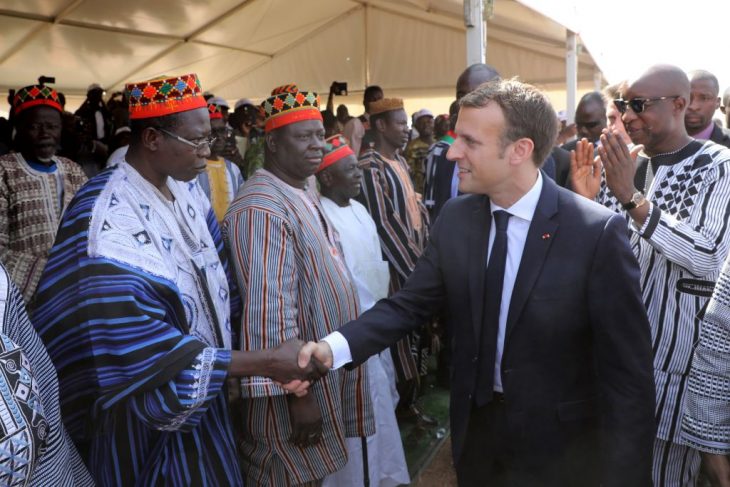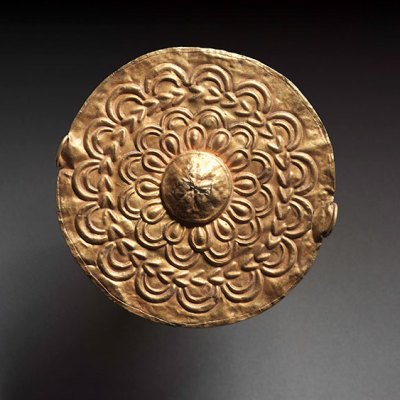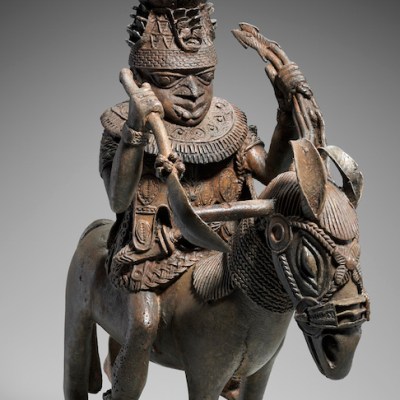The editor’s letter from the January 2019 issue of Apollo.
The Africa Museum in Tervuren, just outside Brussels, reopened last month, an event that received widespread international coverage. The renovation of the museum is a global story, and not just because its collections include so many objects that came to Belgium as a result of the country’s brutal colonial exploitation of central Africa in the late 19th and early 20th centuries. It has captured the world’s attention because the past, present, and above all the future status of cultural material originating from sub-Saharan Africa is in the public spotlight as never before.
Debates about the display, interpretation, and possible repatriation of African objects are long running. But they have an increasingly public perspective, as indicated by their imaginative deployment in popular culture (as in Black Panther, which last year became one of the highest grossing superhero movies of all time), and by the growing willingness of European cultural leaders and politicians to join the discussion about new types of provision for such material.
These include loan arrangements to museums in Africa and, in the case of the Benin Bronzes, an inter-museum project, instigated by the Benin Dialogue Group, for the circulation of the sculptures to ensure that there will be a permanent display of them in the Benin Royal Museum, Nigeria (scheduled to open in 2021). Last April, Tristram Hunt, director of the V&A, announced that the museum was open to the long-term loan to Ethiopia of artefacts appropriated by British forces in 1868 after the capture of Maqdala.
Restitution often feels like a disquieting concept for many Western museum-goers (myself included), for whom the values one invests in museums are unlikely to correlate with the political or intellectual projects that led to the formation of their collections. But it is hardly sufficient at this time – nor does it seem at all nuanced – to keep on repeating to ourselves that certain museums no longer stand for the people or ideas that made them.
The announcement made in November 2017 by Emmanuel Macron in Ouagadougou, the capital of Burkina Faso, that he wished to see ‘the temporary or definitive restitution of African cultural heritage to Africa’, is the most radical expression of the fact that Western attitudes towards repatriation have begun to change. The report that Macron subsequently commissioned from the academics Bénédicte Savoy and Felwine Sarr, on the future of African cultural heritage in French public collections (published in November), set out proposals for the extensive restitution of objects and specified numerous artefacts, acquired as spoils of war or in the coercive contexts of colonial rule, that ought to be returned imminently to their places of origin.
This report is necessary reading for anyone who claims to care about the future of museums and the wider significance of cultural heritage. It is not easy to read – the authors have a weakness for jargon, and its English translation feels uneven – but its content is nonetheless forceful. Many of the objections that have been raised to this report – legal, geopolitical, conservational, ethical or otherwise – are anticipated and deliberated in its text. Whether or not one agrees with the proposals, there is no turning away from its point of departure, that ‘90% of the material cultural legacy of sub-Saharan Africa remains preserved and housed outside of the African continent’, or for its demand for a more equitable future.
Savoy and Sarr stress not post-colonial reparation, as some critics have assumed, but the opportunity for new types of relationship between cultures based on the acknowledgement that the same objects now mean different things to different people. ‘Obviously, no one in France or Africa foresees the return of the entirety of these historically formed ensembles which have been progressively transformed through a symbolic, economic, and scientific usage that has taken place in France,’ they write.
The great ‘universal’ museums, as they are often now known, make the case that their juxtaposition of artefacts from different cultures allows us to trace similarity and difference between traditions – and, perhaps above all, exchange. Nobody wants to imagine a British Museum drained of all but the objects that originated in Britain, and not least because the idea of a future dominated by mono-cultural museums is as unpalatable (and delusive) as the notion of mono-ethnic cultures. But we need to ask ourselves difficult questions and be prepared to act, carefully though decisively, on the answers. Can the withholding of 90 per cent of the material cultural legacy of almost an entire continent be justified?
From the January 2019 issue of Apollo. Preview and subscribe here.



